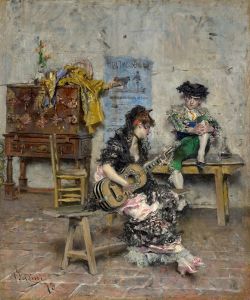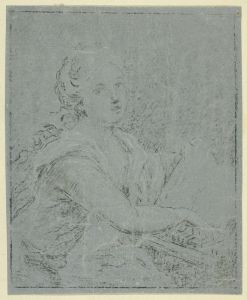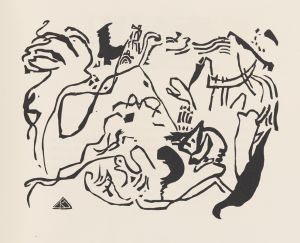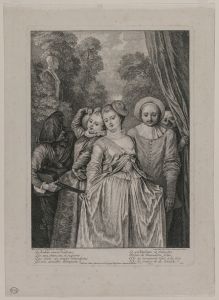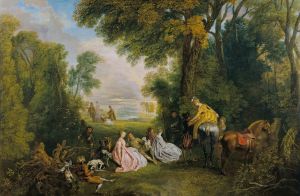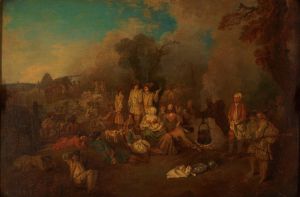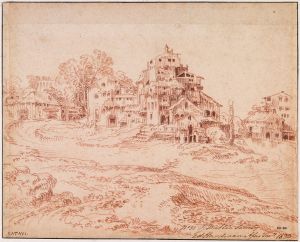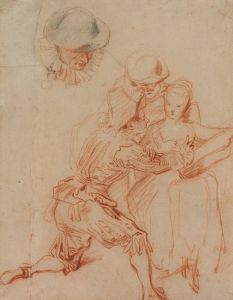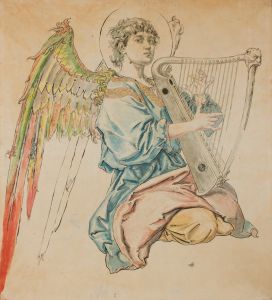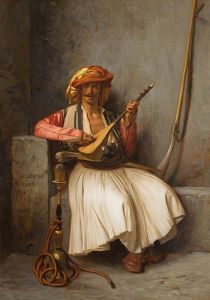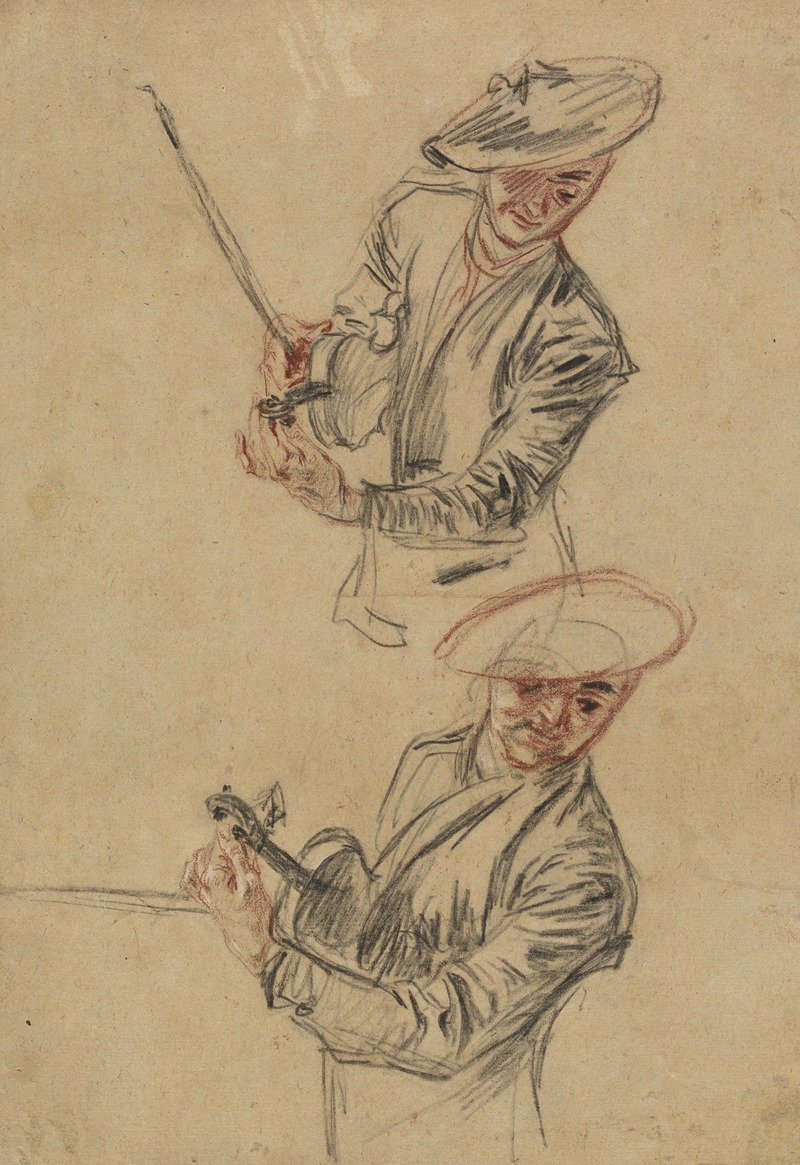
Two Studies of a Violinist Tuning His Instrument
A hand-painted replica of Jean-Antoine Watteau’s masterpiece Two Studies of a Violinist Tuning His Instrument, meticulously crafted by professional artists to capture the true essence of the original. Each piece is created with museum-quality canvas and rare mineral pigments, carefully painted by experienced artists with delicate brushstrokes and rich, layered colors to perfectly recreate the texture of the original artwork. Unlike machine-printed reproductions, this hand-painted version brings the painting to life, infused with the artist’s emotions and skill in every stroke. Whether for personal collection or home decoration, it instantly elevates the artistic atmosphere of any space.
Jean-Antoine Watteau, a prominent French painter of the early 18th century, is celebrated for his contributions to the Rococo style, which is characterized by its lightness, elegance, and use of vibrant colors. Among his numerous works, "Two Studies of a Violinist Tuning His Instrument" stands out as an intriguing example of his ability to capture the subtleties of human expression and movement.
Watteau was born in 1684 in Valenciennes, a city that had recently become part of France. He moved to Paris in his early twenties, where he became associated with the Academy of Fine Arts and developed his distinctive style. His works often depict scenes of aristocratic leisure and theatrical subjects, reflecting the social and cultural milieu of his time.
"Two Studies of a Violinist Tuning His Instrument" is a drawing that showcases Watteau's skill in capturing the nuances of a musician's posture and concentration. The artwork consists of two separate studies of the same subject: a violinist engaged in the act of tuning his instrument. This focus on a musician is consistent with Watteau's interest in music and the performing arts, which frequently appear in his paintings.
The drawing is executed with a delicate touch, using red chalk on paper, a medium that Watteau favored for its ability to convey subtle gradations of tone and texture. The choice of medium and the artist's technique allow for a detailed exploration of the violinist's form and the intricate play of light and shadow on his figure. Watteau's attention to detail is evident in the careful rendering of the musician's hands and the violin, capturing the precise moment of tuning with a sense of immediacy and realism.
Watteau's studies often served as preparatory works for his larger paintings, providing insight into his creative process. However, it is not always clear whether "Two Studies of a Violinist Tuning His Instrument" was intended as a preliminary sketch for a more extensive composition or if it stands alone as a finished piece. Regardless, the drawing exemplifies Watteau's ability to convey a sense of movement and emotion through his art.
The subject of a musician tuning an instrument may also reflect the broader cultural context of Watteau's time, when music played a significant role in both public and private life. The act of tuning, a moment of preparation and anticipation, could symbolize the harmony and balance sought in the Rococo period's artistic and social ideals.
Today, Watteau's works, including "Two Studies of a Violinist Tuning His Instrument," are appreciated for their technical mastery and their ability to evoke the elegance and charm of 18th-century French society. His drawings, in particular, are valued for their spontaneity and the insight they provide into the artist's working methods. Watteau's legacy continues to influence artists and art historians, who admire his unique contribution to the development of European art.





